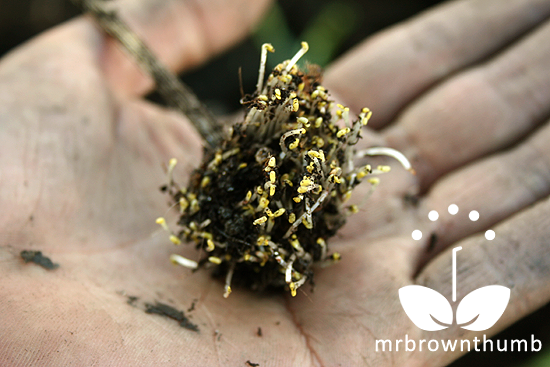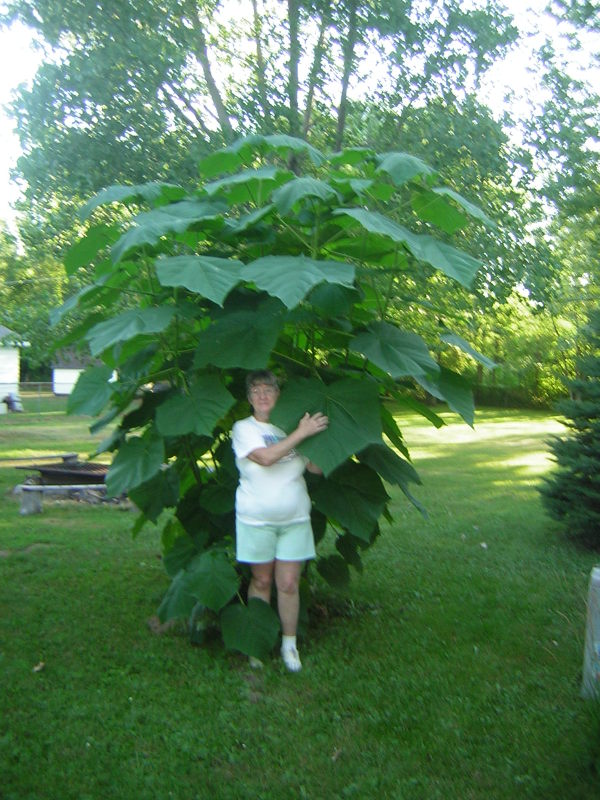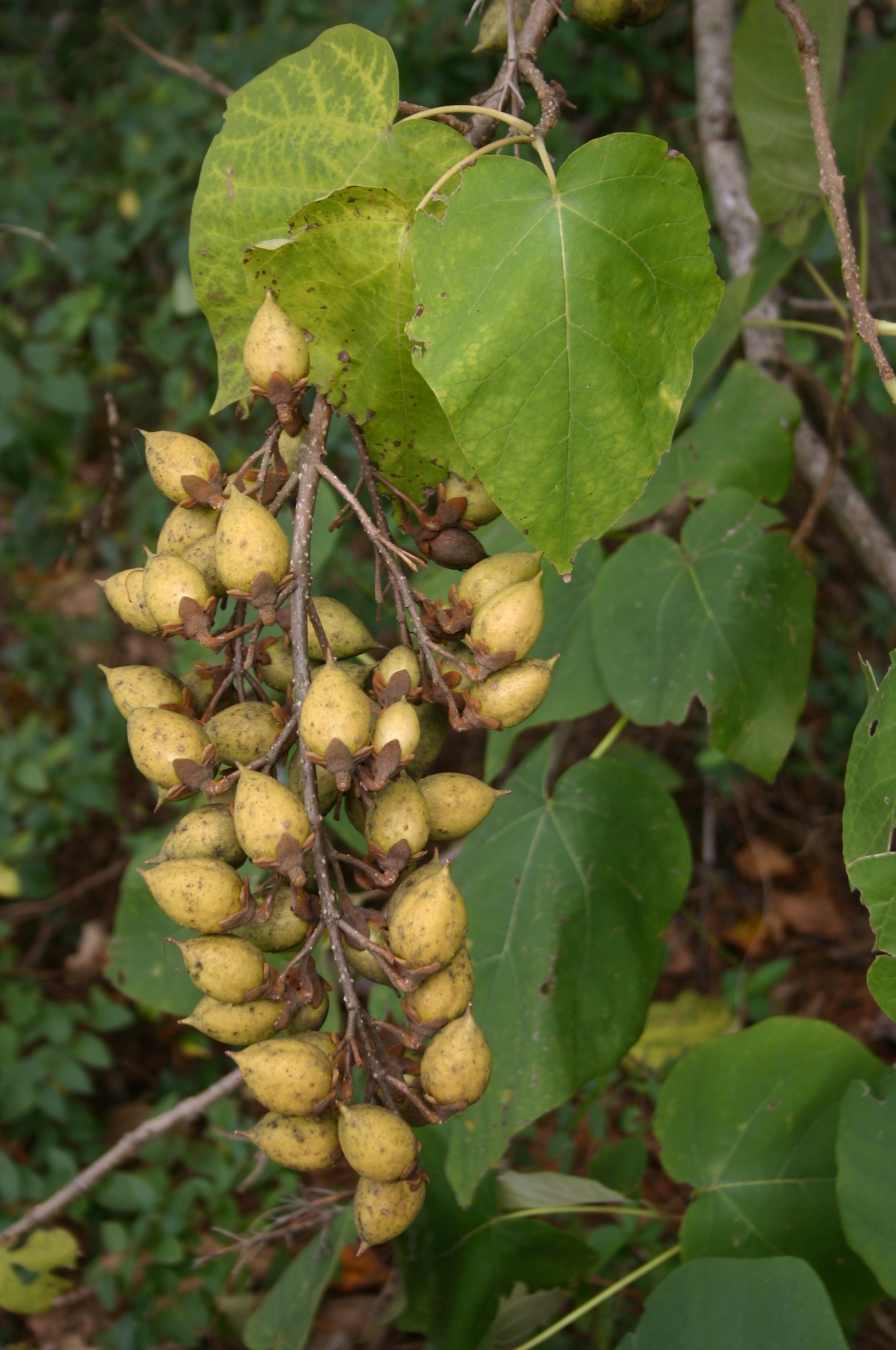This time, we’re going to talk about What Does Purple Coneflower Seeds Look Like. There is a lot of information about Echinacea Purpurea: Growing Purple Coneflower on the internet, of course. Social media are getting better and better quickly, which makes it easier for us to learn new things.
Do Coneflower Seeds Need Stratification and What Do Coneflower Seedlings Look Like are also linked to information about How To Separate Coneflower Seeds From Chaff. As for other things that need to be looked up, they are about How To Get Coneflower Seeds The Forest and have something to do with what does purple coneflower seeds look like.

9 Fun Facts What Does Purple Coneflower Seeds Look Like | What Do Coneflower Seedlings Look Like
- Purple coneflower is excellent in a back border or naturalized on it’s own. It likes a sunny location. It will grow in partial shade but it will not fare as well or flower as prolifically. It’s really easy to grow from seed. It may bloom in the first year but becomes profuse from the second year onwards. - Source: Internet
- Purple coneflower can be grown from seed, nursery stock, or by root cutting and plant divisions. Seeds can be started indoors 4-6 weeks before the last frost date and will require a period of cold stratification to aid germination. Placing seeds in the refrigerator for a couple of weeks before sowing should do the job. Harden plants off for at least a week to help them acclimatize to elements before planting out. - Source: Internet
- A wonderful native perennial with beautiful large purple flowers that bloom over a long period of time. This plant is really simple to grow from seed, needs very little care thereafter and brings color and beauty to any garden. It is extremely drought tolerant and is loved by native bees and butterflies and the flower seeds are enjoyed by many of our native birds especially goldfinches. - Source: Internet
- If your purple coneflower looks a bit lackluster then check that you are not overwatering, leading to potential root rot or maybe the growing location isn’t deep enough to accommodate the plant’s long tap root. Allow soil to dry out between watering and if you think the location isn’t right, then replant in a new location. Echinacea does not transplant well so only do this as a last resort. - Source: Internet
- Wildlife gardens in North America benefit from the addition of purple coneflowers attracting native species of beneficial insects all summer such as pollinating bees, hummingbirds, and butterflies. Its deer-resistant nature makes it perfect for native wildlife gardens too. When flowers begin to fade it’s the turn of the small birds, especially finches to feast on the dried seed heads. - Source: Internet
- Echinacea is commonly known as coneflower or eastern purple coneflower but it is often referred to by its botanical name echinacea. The Echinacea purpurea species originates from the rocky hillsides, prairie grasslands, and woodlands of central and eastern United States. As a hardy clump-forming herbaceous perennial Echinacea purpurea is a tall pink to purple daisy-like flower, from the family, Asteraceae, with long-lasting blooms that are self-supporting and low maintenance. Quantity and quality of blooms improve with maturity with plants growing flowers to 4-5ft (120-150cm) in height and foliage 18-24in (45-60cm) across. - Source: Internet
- Eastern purple coneflower is adaptive to most soil types, even doing well in gravel, clay, and very sandy soil. For best results grow Echinacea purpurea in rich well-drained soil prepared with lots of organic matter. Recommended soil pH is 6 to 8. - Source: Internet
- Late spring after all risk of frost has passed is the best time of year to plant purple coneflower. Grow echinacea in full sun to part shade in fertile well-drained soils either in the ground or in containers. Choose a container that is deep enough to accommodate the tap root and wide enough to allow this clump-forming perennial room to spread. Container-grown coneflowers will need to be watered more regularly than those grown in native soil. - Source: Internet
- Propagate eastern purple coneflower by division in spring or autumn, minimizing damage to the tap root. Dig a large, deep hole around a mature plant and gently tease the entire root ball from the ground. Split the root ball into the desired number of new plants either by breaking sections apart by hand or dividing with a saw or knife. Plant each new section immediately into a prepared planting hole amended with lots of fresh compost. Echinacea does not always transplant well and may take time to settle into its new planting location. - Source: Internet

Here are a few tips to help you find information about what does purple coneflower seeds look like:
- Look for good places to get information about Echinacea seed Stock Photos and Images. This can be done in libraries, on websites, or even by paid journalists.
- When looking for information about Red Coneflower Seeds, it’s important to know that there are different kinds of online sources, like Google and YouTube. Social media sites like Facebook and Twitter are also good places to look for information about How To Get Coneflower Seeds The Forest.
Video | What Does Purple Coneflower Seeds Look Like
To get the best information about How To Separate Coneflower Seeds From Chaff, you should read to find out how true each source is.
This article has a few videos from different places about How To Get Coneflower Seeds The Forest that will help you learn more about it. The Internet is a great place to find out about a wide range of things.
## Here are some crucial aspects concerning How To Separate Coneflower Seeds From Chaff:- What Does Purple Coneflower Seeds Look Like
- What Do Purple Coneflower Seeds Look Like
- What Do Coneflower Seedlings Look Like
- What Part Of The Coneflower Is The Seed
- How To Separate Coneflower Seeds From Chaff

With so many websites and forums that talk about What Part Of The Coneflower Is The Seed, it shouldn’t be hard to find what you need.
Most people are used to getting information about Red Coneflower Seeds in a very different way than this. It lets you look at the information about Echinacea seed Stock Photos and Images and how it can be used in more detail.
 ways to put information about Red Coneflower Seeds in a way that looks good and is useful. They can be used in business and marketing, and they can also be used to talk about How To Harvest Yellow Coneflower Seeds. So, we also give you some pictures about What Do Coneflower Seedlings Look Like.
ways to put information about Red Coneflower Seeds in a way that looks good and is useful. They can be used in business and marketing, and they can also be used to talk about How To Harvest Yellow Coneflower Seeds. So, we also give you some pictures about What Do Coneflower Seedlings Look Like.
In the end, this article gives a summary of Do Coneflower Seeds Need Stratification. Also talked about are What Do Coneflower Seedlings Look Like and How To Get Coneflower Seeds The Forest, which you can use to compare how much you know about Red Coneflower Seeds.